Hot & Spicy Courgette Chutney
Hot & Spicy Courgette Chutney is a great way to use up homegrown courgettes or marrow.
Inspired by Indian flavours, the hot, sweet and sour preserve pairs wonderfully with curries, pakora, yogurt and poppadoms as well as cheese and biscuits.

Even if you don’t have a glut of homegrown courgettes, this easy, full-flavoured chutney is so good it’s still worth making with shop bought veggies.
For those who’ve never made chutney before, this post includes a beginner’s guide.
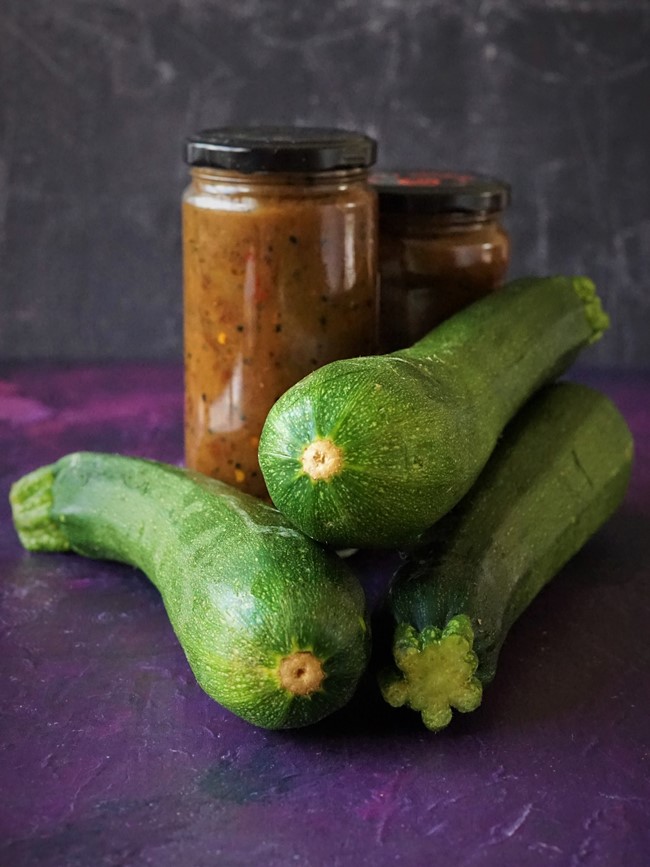
Jump to Recipe
I’m so glad that I can finally tell you about my fab Hot & Spicy Courgette Chutney!
It’s in the nature of chutneys that, when I’ve made a new one, I can’t just say “hey, I created this great recipe and here it is”.
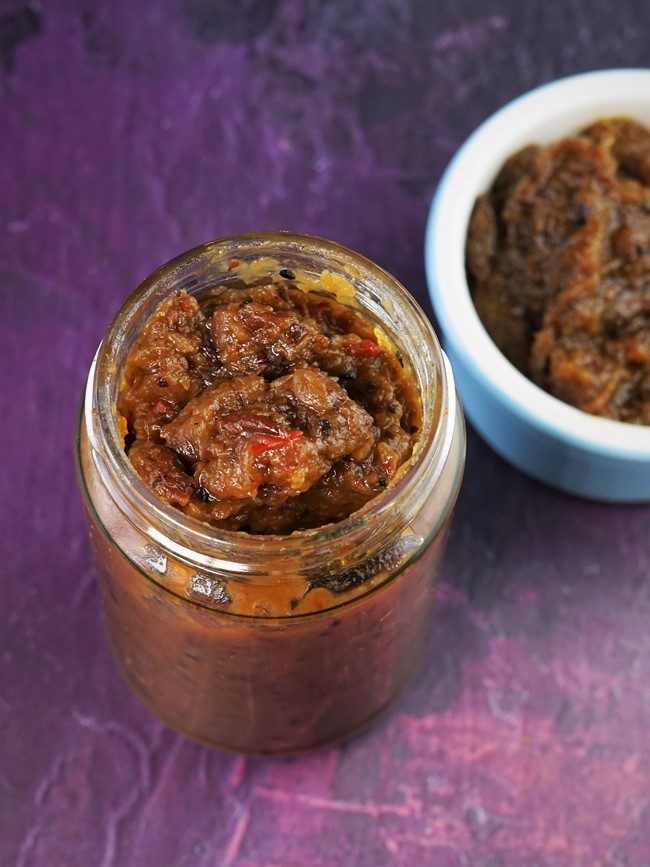
No. What I have to do is:
(a) wait for it to mature, taste how it turns out and decide whether it’s good enough to share.
(b) post the recipe when the main ingredient is coming into season and will be plentiful.
In this particular case, task (a) was completed months ago.
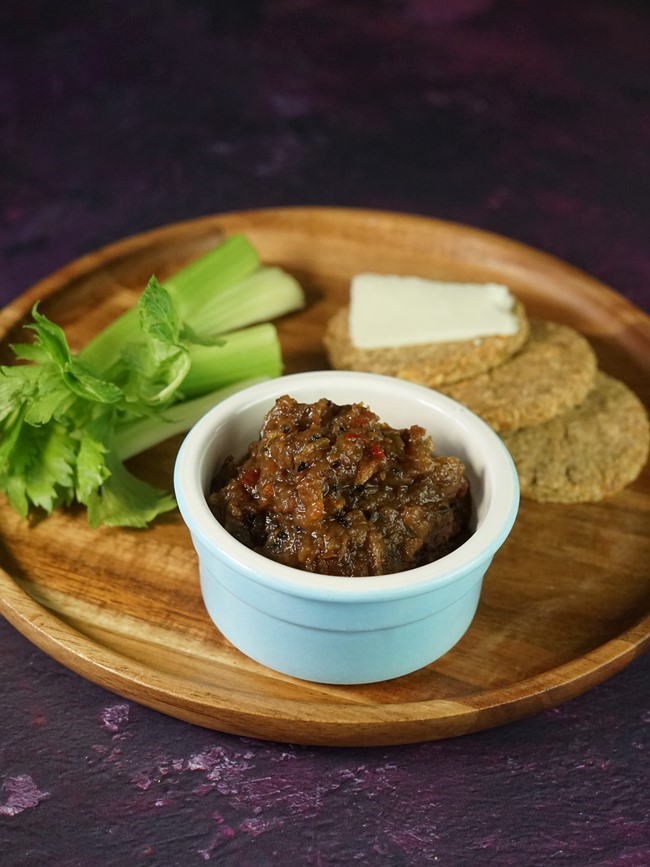
Evidence that it’s time for part (b) is that views of my recipe for Marrow or Courgette Jam with Lemon & Ginger are going through the roof!
I’ve also only ever posted one chutney recipe before and if you look at the comments for my Smoky Tomato Chilli Chutney you’ll see that it went down a storm.
So, it really is time for me to post about this great chutney.
I think you’ll like it whether you’re a keen vegetable gardener or allotment holder with a glut of marrows or courgette, or simpler a shopper who wants to make the most of seasonal vegetables by preserving them.
HOT & SPICY COURGETTE CHUTNEY
The flavours in this chutney are inspired by India.
I wanted it to go well with cheese and biscuits or cold meats like a traditional British chutney.
But I also imagined it being like a mango or brinjal (aubergine) chutney. That means is should be good with curries and dals plus snacks like poppadoms, pakora, Aloo Bonda and Onion Bhaji.

With all that in mind, the flavourings I chose for my Hot & Spicy Courgette Chutney were:
- coriander
- cumin
- cardamom
- fresh chillies
- dried chilli flakes
- garlic
- ginger
- nigella seeds
- turmeric
Of course opinions will vary as to how much chilli constitutes a ‘hot’ chutney.
In the detailed recipe at the end of the post, I recommend that before potting it up you have a taste and add more chilli flakes if you think it needs it.
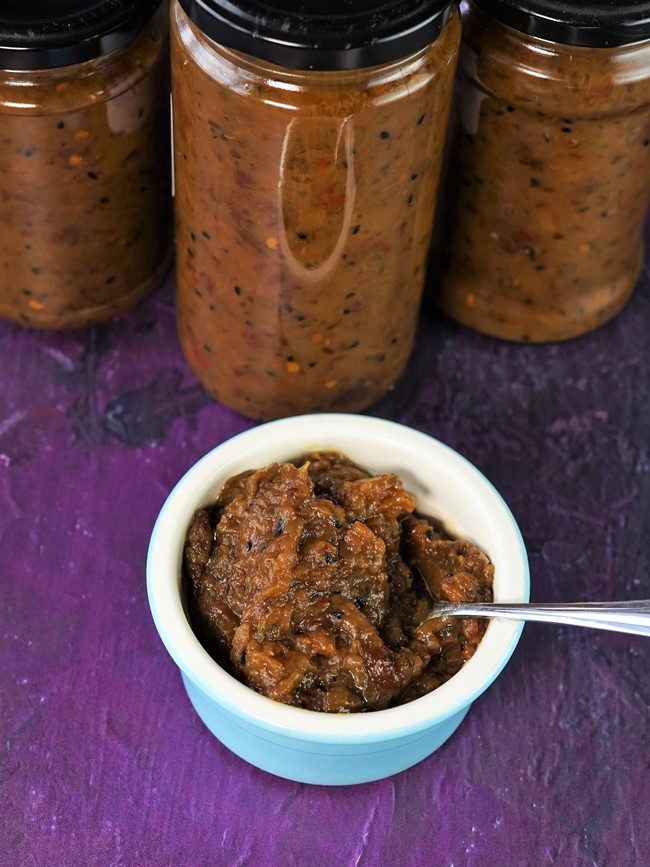
You’ll have to leave the chutney to mature for at least 6-8 weeks before using it. During that time, it will mellow, so I think it’s best to be bold with the chillies and spices!
BEGINNER’S GUIDE TO CHUTNEY
If this is your first time making chutney, you might be surprised at how easy it is.
Unlike jam making, you don’t need to test for a setting point.
With chutney, there’s just two main things to remember:
- Before potting up, make sure that virtually all the liquid is cooked off as per the recipe instructions.
- Your jars and lids should be scrupulously clean and have plastic-lined lids so the vinegar doesn’t corrode them.
The jars should be first given a good wash in hot, soapy water, then rinsed and left to drain.
As chutney should always be potted up while hot and into hot jars, they’re then put in a low oven to heat which will also kill off any lurking bugs.
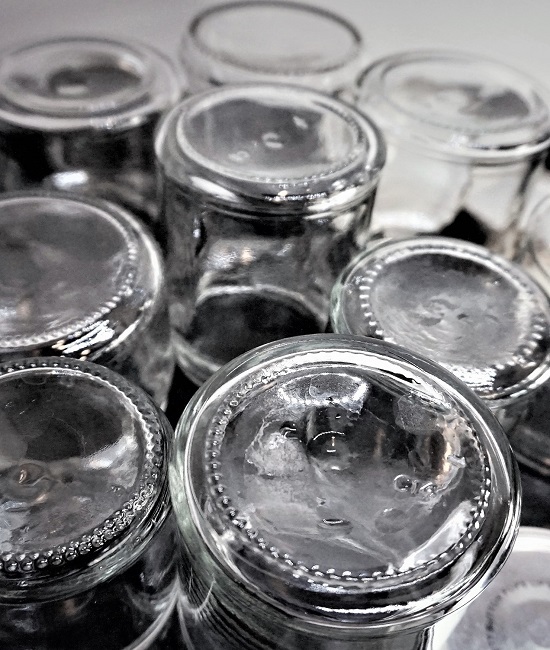
Most standard preserve jars (whether you’ve bought them specially or are recycling old ones) will have plastic-lined lids so you’ll most likely be covered on that score.
To make the chutney, you’ll need a large, heavy-bottomed saucepan. Don’t use aluminium, copper or cast iron as the vinegar can corrode the metal. Use stainless steel or enamel.
A wide pan is best as this aids the evaporation of liquid which will reduce the time it takes to make your chutney nice and thick.
Providing the chutney is cooked as per the instructions and potted up after preparing the jars correctly it should easily keep for a year in a cool, dark place.
HOW TO MAKE HOT & SPICY COURGETTE CHUTNEY
You’ll find full details of how to make the chutney in the recipe card at the end. But, briefly, here’s how it goes.
First toast the whole spices (cumin, coriander and cardamom) in a dry frying pan.
These are then put in your big saucepan along with the rest of the spices plus the other main ingredients (courgette, cooking apple, onion, sultanas, salt, vinegar).
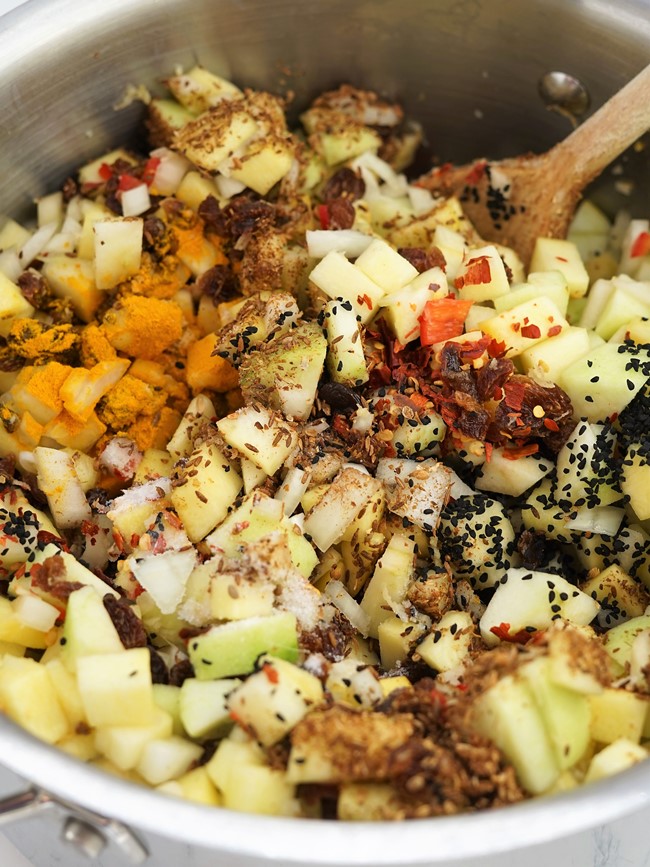
Everything is then boiled until the vegetables and apple are soft. This usually takes 20 – 30 minutes. If you want a smoother texture to your chutney, at this point you can go in with a potato masher and break things up a bit.
Next, sugar is added (this, as well as the vinegar, is what helps to preserve the chutney) and stirred until dissolved.
The final step is to simply let the chutney bubble away until most of the liquid has evaporated.
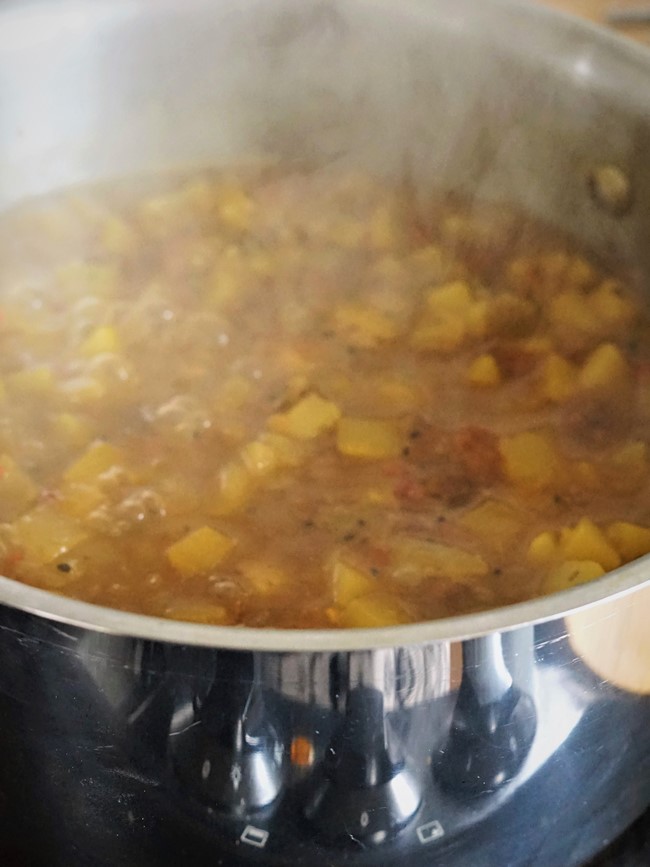
This can take around an hour but will depend on how vigorous the bubbling was and how much water the vegetables held.
The way to test if the chutney’s ready is to drag a wooden spoon across the bottom of the pot. If no loose liquid runs into the space left behind, then it’s ready to pot up.
POTTING UP
As per my beginner’s guide above, chutney should always be potted up while hot and into hot, clean jars. You can be prepping them while the chutney’s cooking so they’re ready to go as soon as you need them.
When you’ve filled the jars, screw the lids on (protect your hands with a cloth). You don’t need to screw the lids completely tight at this stage – it’s much easier when they’ve cooled a bit.

You should also find that once the jars are completely cold then the lids, if you press the top, no longer spring back. When they don’t do this, you know you’ve an airtight seal.
You can now label your jars and put in a cool dark place and leave to mature for 6-8 weeks. A kitchen cupboard away from the oven or a radiator should be fine.
EATING HOT & SPICY COURGETTE CHUTNEY
This chutney turned out to be everything I’d hoped for it. Spicy, slightly sweet and with a good kick of chilli.
Yes, it was the perfect partner to cheese and biscuits – or my Scottish Oatcakes to be exact.
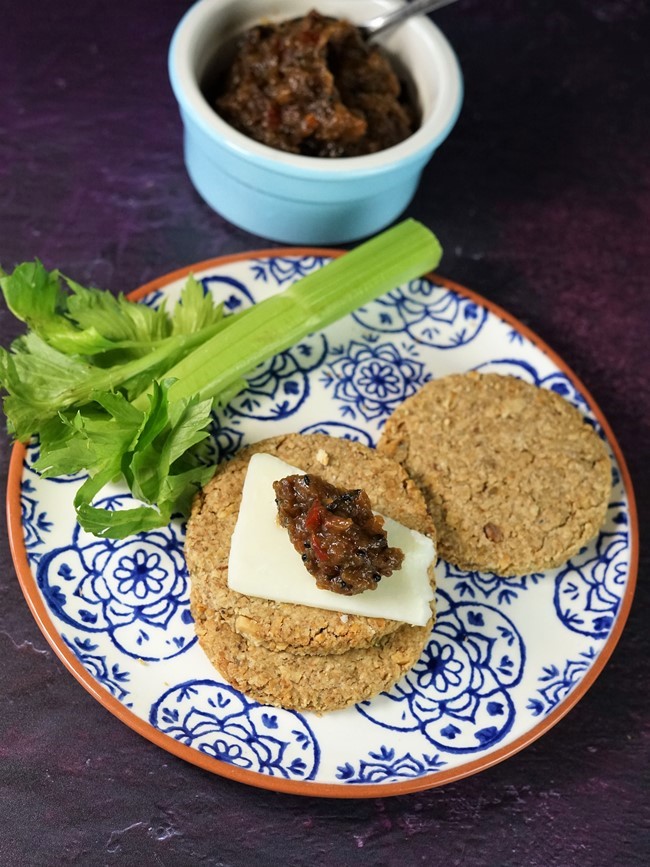
But, with all those wonderful spices, it was great with Indian flavours too.
Right back when I was coming up with the notion of Hot & Spicy Courgette Chutney, I imagined it paired with yogurt, cucumber and mint, as in raita.
Amazingly, the reality turned out even better than my imaginings!
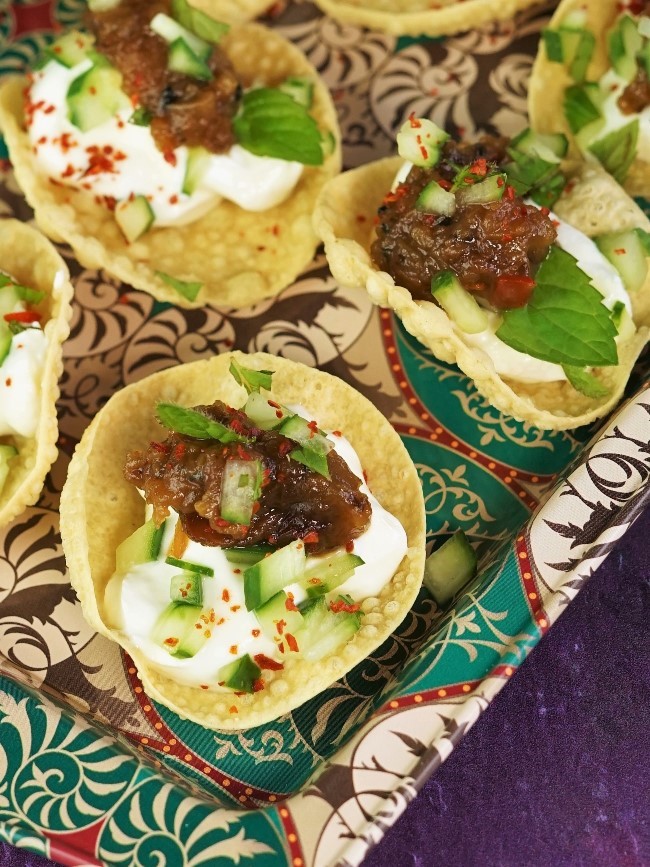
For a lip-smacking pre-curry starter, I filled mini poppadoms with thick yogurt then topped each one with a good blob of the chutney. On top of that I scattered finely chopped cucumber and mint plus a few Aleppo pepper flakes.
The combination of sweet and sour spicy chutney, creamy yogurt, refreshing cucumber and crunchy poppadom was fantastic!
However you eat this easy chutney, British style with cheese and biscuits or alongside Indian inspired dishes, I think you’ll wonder how you ever lived without it.
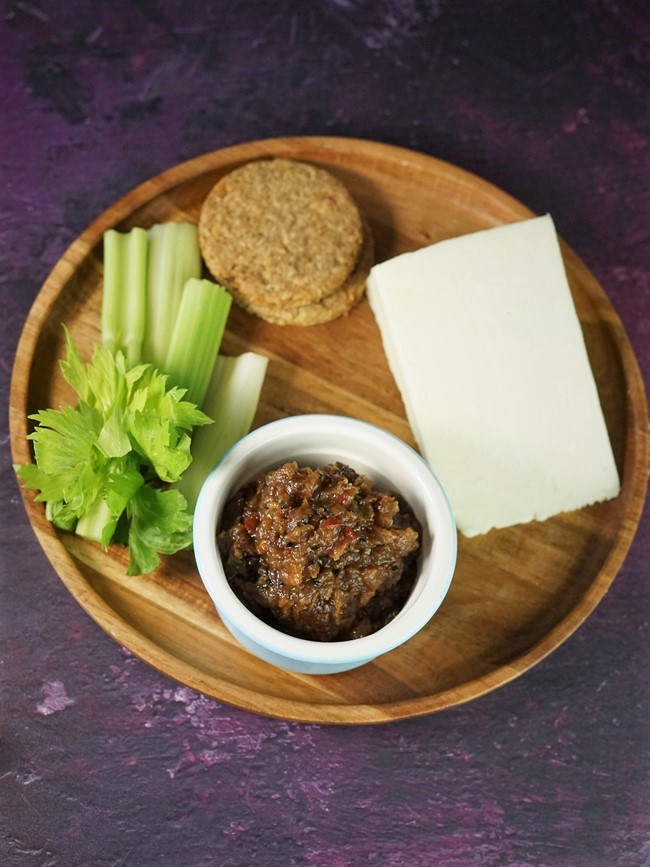
I’d love to hear from you if you’ve made my Hot & Spicy Courgette Chutney.
Please leave a comment and don’t forget to rate the recipe!
How do you like to eat yours?

Hot & Spicy Courgette Chutney
A great way to use homegrown courgettes or marrow, this chutney with Indian-inspired flavours is lovely with curries, pakora, yogurt and poppadoms as well as cheese and biscuits.
Ingredients
- 1 tbsp cumin seed
- 0.5 tbsp coriander seed
- 10 cardamom pods seeds taken out and hulls discarded
- 1.5 kg courgettes or marrow (weight before preparing) peeled, deseeded if necessary, diced small
- 2 cooking apples peeled, cored, diced small
- 2 medium onions peeled, roughly chopped
- 250 g sultanas left whole or roughly chopped
- 2-4 chillies finely chopped (seeds in or out as preferred)
- 1 head garlic peeled, finely chopped or grated
- 20 g ginger root peeled, finely chopped or grated
- 0.5 tbsp nigella seeds
- 3 tsp dried chilli flakes
- 2 tsp salt
- 1 tsp ground turmeric
- 900 ml vinegar e.g. white or red wine, cider or distilled vinegar
- 175 g sugar
Instructions
-
Put the cumin, coriander and cardamom seeds in a small frying pan and put over moderately high heat.
Stir regularly until toasted and fragrant.
Remove from the pan and lightly crush using a pestle and mortar or with a rolling pin.
-
Put all the ingredients, including the toasted spices BUT NOT THE SUGAR into large, wide saucepan.
-
Bring to a boil then turn down the heat and simmer until the courgette or marrow, apples and onions are soft (20-30 min).
Take the saucepan off the heat.
Optional: for a less chunky consistency, lightly break down with a potato masher.
While it's simmering
Wash 4 jars and their lids in hot soapy water, rinse and drain them. Preheat your oven to its lowest setting.
-
Add the sugar and stir until dissolved.
-
Put the saucepan back on the heat and bring to a boil.
Continue to cook, uncovered and stirring regularly (careful: it may splutter!), until there’s no loose liquid when a wooden spoon is drawn across the bottom of the pot (approx. 1 hour).
While the chutney's cooking
Put the prepared jars and lids onto a baking tray and place in the preheated oven. Turn off the oven when the jars are hot, but leave them inside until you're ready to pot the finished chutney.
-
Tip: before potting up, taste the chutney and add more chilli flakes if you want it hotter (remember that flavours will mellow as it matures).
Pot the chutney into clean, warm jars. Protecting your hands with a cloth, immediately put on the lids and leave to cool.
-
When cold, tighten the lids a little more if possible, label and leave to mature for 6-8 weeks. See Recipes Notes on checking for an airtight seal.
Should keep for at least a year in a dark, cool place.
Recipe Notes
When the jars of chutney are completely cold, check for an airtight seal by pressing down in the centre of the lid.
If the centre does not pop back up then you have an airtight seal. If the centre pops back up then you have 2 options:
- Store the chutney in the fridge and use within 7-10 days.
- Re-boil the chutney and prepare the jars and lids as before. Pot up again while the chutney and jars are hot. Test for an airtight seal as above when cold.
RELATED RECIPES

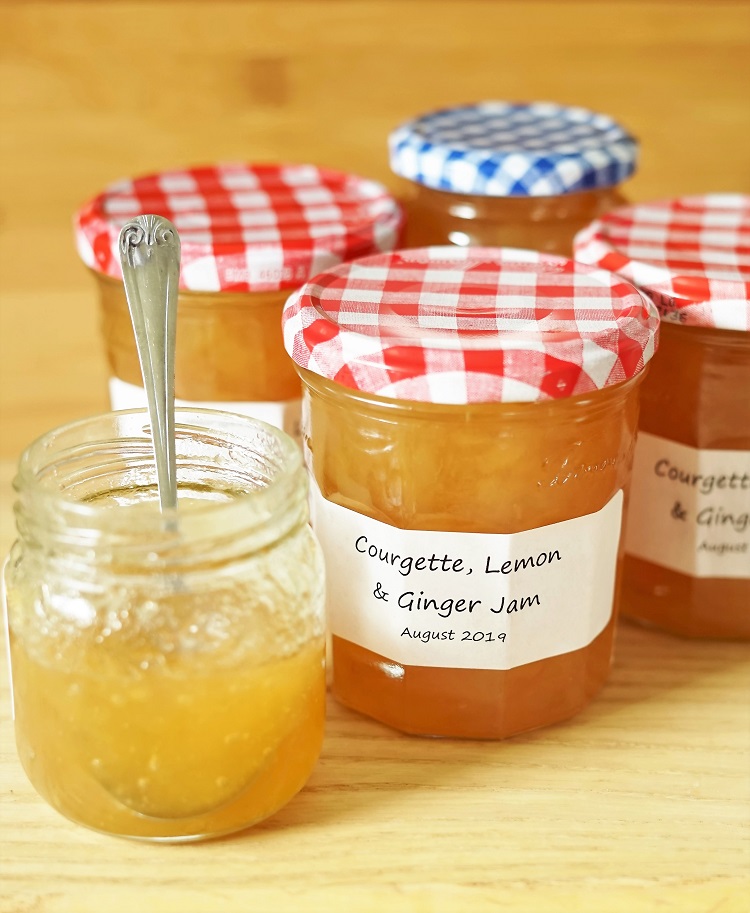
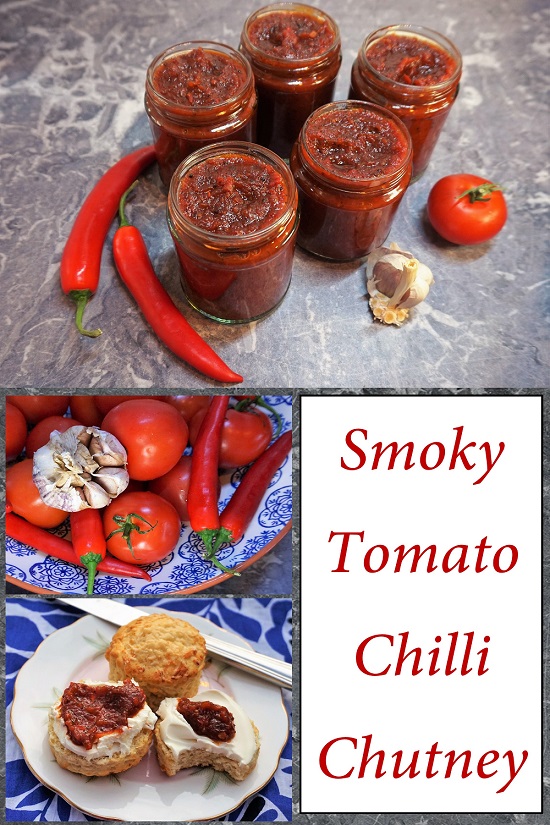

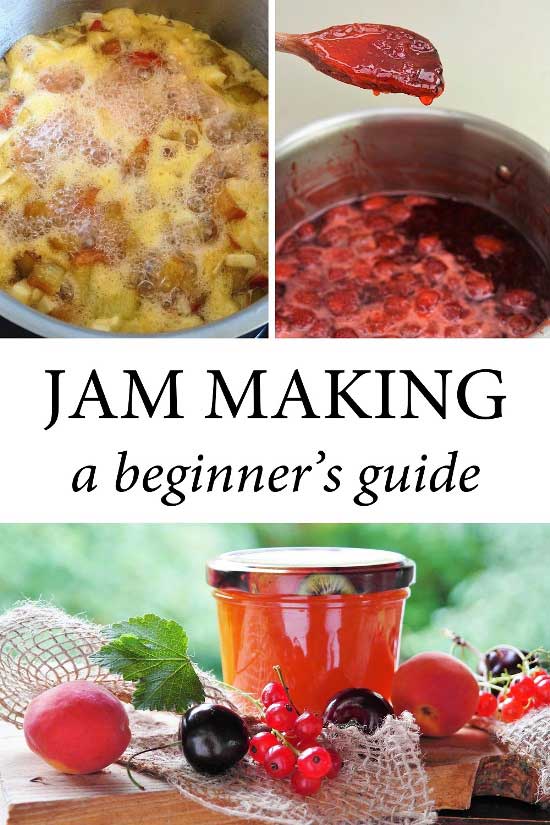
I am in the middle of making this delicious sounding recipe but 900ml seems quite a lot of vinegar in ratio to veg and sugar? Is this the correct amount? thanks.
Hi Emska, yes that is the correct amount of vinegar. The chutney is boiled for quite a while so it will reduce a lot.
Tasted it along the way to adjust seasonings so I know it’s fantastic and will be even better after it has time to sit. I used 2 large pattypan squash and a green zucchini (I’m in the US so that’s what I call them). I used half sultanas, half dried cranberries to get the extra color, a mix of peppers from my garden, and brown sugar in place of regular granulated because I wanted that extra depth of flavor. I adjusted the chili heat at the point when I returned it to the heat after adding the sugar so it would have time to cook in. I’ll make this every year! I may give some as gifts if I can bear to part with it.
Love the sound of that! Thanks so much for your detailed feedback 🙂.
Made this spicy chutney today taste’s lovely even after just completing the recipe ,cannot wait for the recipe to mature and taste.Thanks for the tips and recipe.
Thank you, you’re welcome!
Would like to make this chutney for christmas how long can you store it for
Hi Catherine, the chutney will be fine for at least a year so long as you sterilize the lids and jars as explained in the recipe and fill the jars while they and the chutney are still hot.
Like all chutneys, it needs a minimum 4-6 weeks to mature so should be lovely for Christmas!
I’m making this chutney now. It smells divine but it’s taking ages to get rid of the liquid in the pan.
Courgettes and marrows can contain a lot of water, but just keep going, it’ll get there!
Lovely chutney! Great recipe, thanks!!
That’s great to hear! Thanks so much for your feedback 🙂
Superb! Very well received by everyone I gifted to. So good I am making again this autumn using courgettes & apples from my garden. My tip: don’t hold back on the chillies. I used 4 fresh ones + the seeds, & 3tsp dried chilli flakes.
Thank you for your lovely feedback. So pleased that everyone enjoyed the chutney! I think you’re definitely right about not holding back on the chilli, especially as flavours can become milder while the chutney’s maturing.
Have made the tomato chutney many times, made the courgette one last night.
All I need is a big dollop of patience.
That’s always the most difficult part!
There was a little left over after potting , had with some cheese and wheaten bread for lunch. Lovely.